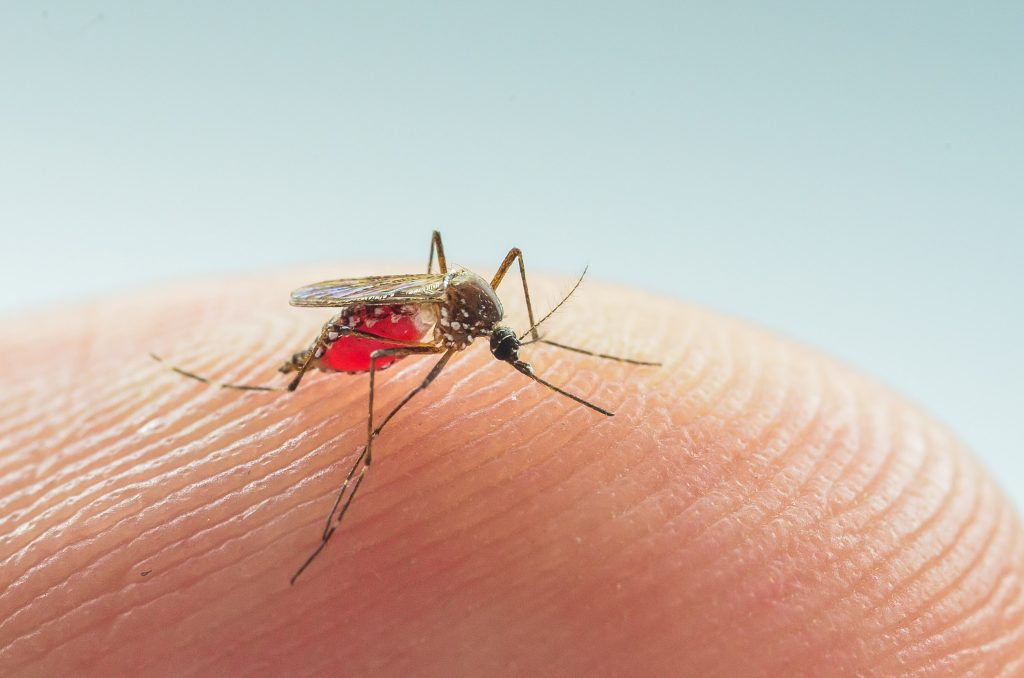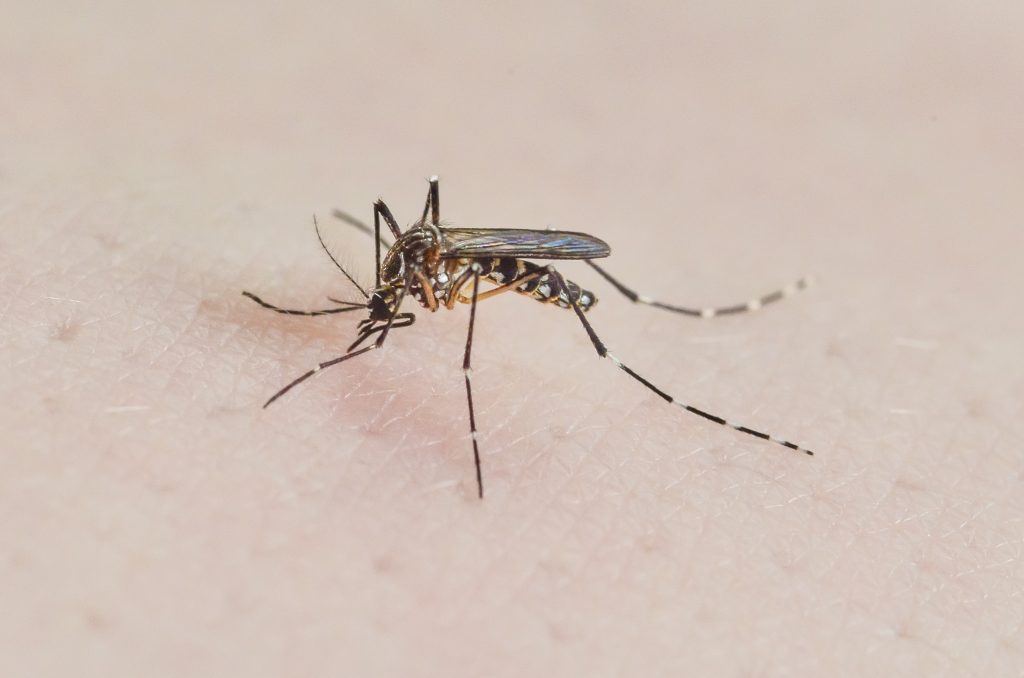Dusk has settled upon the humid marshlands, and all seems as it should be under the gray clouds and looming Hickory Trees. Except, you live in postcolonial Florida and are standing near the breeding ground of the invasive Aedes aegypti mosquito species. You look suddenly to your forearm and observe several gorged female mosquitoes staying perfectly still. In the backdrop of a pleasant and warm evening sky, you have become a host meal to the world’s most dangerous and stealthy animal. And what do you do? You quickly jerk your arm back and carry on with your evening activities, annoyed but delightfully unaware of the life-threatening arboviruses that may be coursing through your veins.

The scientific community has learned a lot about mosquitoes in the time since the postcolonial era, yet mosquitos remain the most deadly animals on earth. Many mosquito species can spread viruses amongst humans, but in recent years, the ae. Aegypti mosquito has had the greatest impact. This is due in part to its high vectoral capacity and its expansive habitat range which enables these mosquitos to access more urbanized and densely populated environments. Their numbers have increased dramatically in regions like Europe and North America, far outside their native tropical and subtropical climates. Along with their prevalence in these regions so too has grown the risk of contracting yellow fever, zika, and dengue. These diseases are detrimental to human health and are especially impactful in regions more heavily impacted by poverty. To put into context the burden of mosquitoes-borne diseases, about 700 million people are infected with arboviruses and about 725,000 deaths are documented yearly. The intensity of transmissions is further complicated by the lack of commercially available vaccines or antivirals for many of these diseases.
What makes the mosquito such a uniquely dangerous parasite is its ability to distinguish between human and non-human hosts. This capability to differentiate is due to the mosquito’s highly sophisticated sensory perception. Although no larger than a penny, mosquitoes are skilled chemists and physicists. The mosquito employs a range of sensory-perception mechanisms to interpret its environment’s rich collection of visual and chemical cues and respond to host-associated visual, olfactory, gustatory and temperature stimuli. Visual cues influence mosquito behavior from a distance, while more physical cues illicit close-range behaviors. This multi-step process is like how we begin to make distinct choices when we perceive a restaurant from far away and apply close-range behaviors such as sticking your fork into yummy-smelling food.
These close-range mosquito behaviors have medically relevant outcomes. For example, when females require protein to produce eggs after mating, they begin their hunt for blood. Herein lies the moment of disease transmission to human populations. Once mosquitoes detect carbon dioxide, they become attracted to longer wavelengths that present as red orange, the range of wavelengths emitted by human skin regardless of pigmentation.
Next, the mosquito uses receptors on their antennae, proboscis, and maxillary palp to sense chemical components of human sweat, humidity, and the microbiome of human skin. These signals collectively initiate a behavioral response that relays as blood-feeding by extension of their proboscis. By the time a mosquito has bitten you, its analysis has convinced the mosquito that you are a favorable blood host, and not a large region of coincidentally optimal signals.
Mosquito’s advanced sensory systems have many functions beyond helping them seek blood. For instance, female and male mosquitoes require sugar-derived nutrients to carry out critical metabolic processes, thus requiring them to effectively forge for nectar and discern suitable sugar sources from flowers, fruits, or honeydew. Female mosquitoes may also rely on hygrosensation, the ability to perceive humidity levels, to find an appropriate environment for egg deposition, critical for larval development. The use of sex pheromones also contributes to locating and recognizing con-specific mates.

The mechanisms mosquitos use to sense the world are wonderfully complex and profoundly multidisciplinary. Sensory-related mosquito research topics range from identifying ecologically relevant odor cues or discovering how visual and olfactory information are integrated into the mosquito brain to investigating the mechanism of wing-beat frequency during courtship acts.
It’s essential, however, to keep in mind the harmful ramifications of mosquito-borne transmissions to understand the purpose of further exploring these topics. Ultimately, this type of research aims to understand mosquito sensory mechanisms so that those systems may be exploited to decrease local populations of mosquitoes and overall disease transmissions.
If any of this sounds interesting, check out the Riffell Lab on the third floor and speak to the many post-docs, graduate, and undergraduate students doing cool stuff!
Melissa Leon Norena is a first year graduate student in the Riffel Lab.

